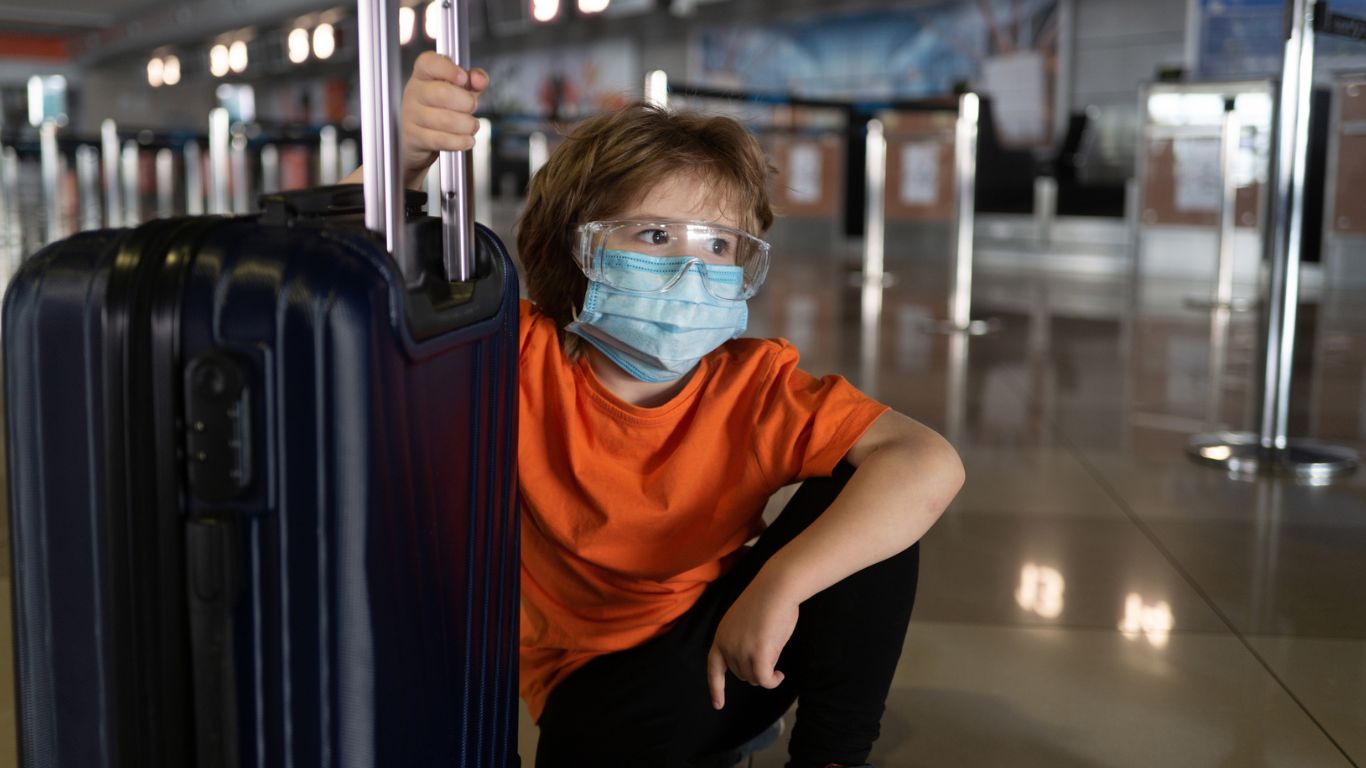
Canadians are taking flight again in large numbers, both here at home and around the world. International visitors are also coming back.
With Canadians feeling more comfortable about returning to their pre-pandemic ways, air travel has been rapidly increasing since the summer of 2021, with a notable pause at the start of this year during the Omicron wave.
However, headwinds remain in the industry, mostly as a result of labour shortages at airports across Canada and around the world that have led to passenger frustration and cancelled flights.
Canadian airlines carry over 10 times more passengers in May compared with a year earlier
Major Canadian airlines carried 5.3 million passengers on scheduled and charter services in May, more than 10 times the number of passengers carried in May 2021 and just over three-quarters (77.3%) of the May 2019 level. For the first time since before the pandemic in February 2020, over 5 million passengers took to the skies on one of Canada’s Level I carriers.
With air traffic at 13.2 billion passenger-kilometres and capacity at 16.7 billion available seat-kilometres, the passenger load factor (the ratio of passenger-kilometres to available seat-kilometres) was 78.9% in May, approaching pre-pandemic levels.
The $1.6 billion operating revenue earned was 79.5% of that earned before the pandemic, in May 2019.
International travellers returning to Canada approaching pre-pandemic levels
In June, the number of international arrivals to Canada rose sharply compared with June 2021, nearing levels recorded in the same month in 2019, before the pandemic.
This June, 846,700 non-resident visitors arrived from abroad at Canadian airports equipped with electronic kiosks, over 820,000 more than in June 2021.
US residents took 904,700 trips to Canada through land ports with electronic sensors in June, over 800,000 more than in June 2021.
The number of Canadian residents returning by air from a visit abroad via kiosk-equipped airports in June (901,300) was over 15 times greater than in June 2021.
The price of flying is also taking off
Passengers are not the only thing heading skyward these days, so too are prices.
In May, the price of jet fuel—one of the biggest expenses for air travel—was more than double the price in May 2019 and almost eight times higher than in April 2020.
When expenses rise, so do prices, especially during a time of increased demand. It is therefore not surprising that air fares are also rising overall, although not nearly as fast as the price of jet fuel. Canadians were paying on average 6.4% more for airfares in June than they were in May and one-fifth (+20.5%) more than they were in June 2019, prior to the pandemic.
Labour crunch leads to airport pandemonium
While Canadians are once again embracing air travel, employment in the industry continues to lag behind pre-pandemic levels. Part of the issue is a tight labour market, with Canada's unemployment rate hitting a record low of 4.9% in June.
The current labour crunch is affecting airlines in multiple ways, with fewer people working in various industries associated with airports and airlines.
There were 28,333 employees working in the support activities for air transportation industry in April, which includes baggage handlers and air traffic controllers, up 14.8% from the same month a year earlier, but 3,983 fewer employees (-12.3%) compared with before the pandemic in February 2020.
The decline in the number of employees working for airlines has been even more pronounced. In April, there were 42,684 employees working for the airlines, up 2.1% from a month earlier but over one-third lower (-35.8%) compared with prior to the pandemic in February 2020.
Reuniting with distant family, friends and loved ones… priceless
For some Canadians taking flight this summer, it will mark the first time since the onset of the pandemic that they have had the chance to reunite with distant family, friends and loved ones.
Recent data suggest that some Canadians could surely benefit from a visit.
In the first quarter, 14.3% of Canadians told us they always or often feel lonely, up from 13.0% when we asked six months earlier.
The self-reported mental health of Canadians has also taken a hit during the pandemic. When we asked Canadians to assess their mental health in 2019, two-thirds (67.0%) told us it was good or very good. When we asked again during the fall of 2021 and winter of 2022, this rate had fallen to 58.1%.
Contact information
For more information, contact the Statistical Information Service (toll-free 1-800-263-1136; 514-283-8300; infostats@statcan.gc.ca) or Media Relations (statcan.mediahotline-ligneinfomedias.statcan@statcan.gc.ca).
